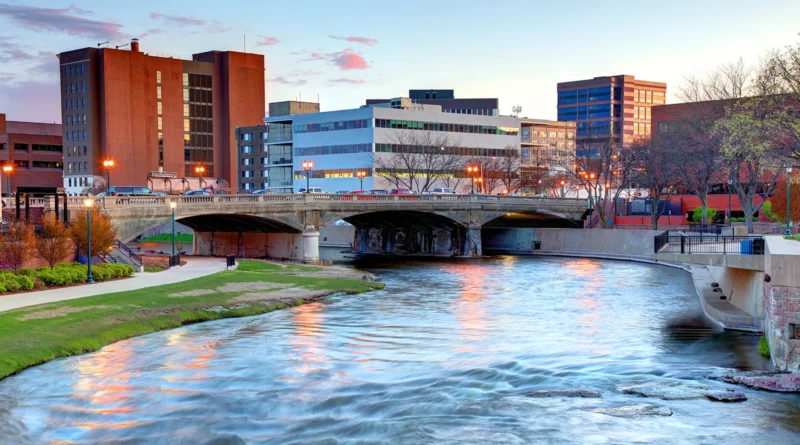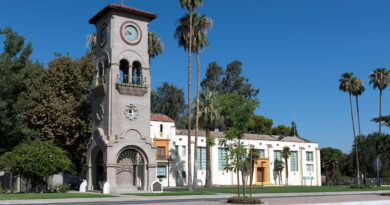History Of Sioux Falls South Dakota
Sioux Falls, South Dakota is a city located in Minnehaha County, and is the largest city in South Dakota with a population of over 170,000 people. The city is home to a rich history and cultural heritage that has shaped its identity over the years.
The history of Sioux Falls dates back to the early 19th century, when European settlers first arrived in the area. At the time, the region was home to several indigenous tribes, including the Dakota, Lakota, and Nakota Sioux. The first European settlers were French trappers and traders who established trade relationships with the local indigenous tribes.
In 1856, the city was officially founded as a fur trading post by land surveyor and entrepreneur, George Lloyd. Over the next few years, the city grew rapidly as more settlers arrived in the area in search of new opportunities. The city became a hub of commerce and transportation, and was soon connected to the rest of the country by rail.
During the late 19th century, the city continued to grow and thrive, attracting new businesses and industries. One of the key contributors to the city’s growth was the establishment of the Homestake Mining Company in 1877. The company’s operations brought a large influx of workers to the area and helped to establish Sioux Falls as a major center for commerce and industry.
Another significant event in the history of Sioux Falls was the Great Dakota Boom of the 1880s, which saw the city’s population grow from just over 2,000 people to over 10,000 in just a few years. This growth was driven by the expansion of agriculture, mining, and transportation in the region, and helped to establish Sioux Falls as a major economic center in the Midwest.
In the 20th century, Sioux Falls continued to grow and develop, attracting new residents and businesses to the area. The city became a major center for manufacturing and agriculture, and was also home to several important cultural and educational institutions, including the University of Sioux Falls, Augustana University, and the Washington Pavilion of Arts and Science.
Throughout its history, Sioux Falls has faced several challenges and setbacks, including major floods and economic downturns, but the city has always bounced back and continued to grow. Today, Sioux Falls is a vibrant and thriving city that is home to a diverse population and a thriving economy. The city is known for its beautiful parks and outdoor spaces, rich cultural heritage, and a thriving arts and entertainment scene.
The history of Sioux Falls, South Dakota is rich and diverse, reflecting the growth and development of the city over the past two centuries. From its humble beginnings as a fur trading post to its current status as a thriving metropolis, Sioux Falls has overcome numerous challenges and setbacks to become one of the most important cities in the Midwest. Today, the city continues to thrive and remains a vibrant and dynamic place that is proud of its rich history and cultural heritage.
Discover more from City Towner
Subscribe to get the latest posts sent to your email.




